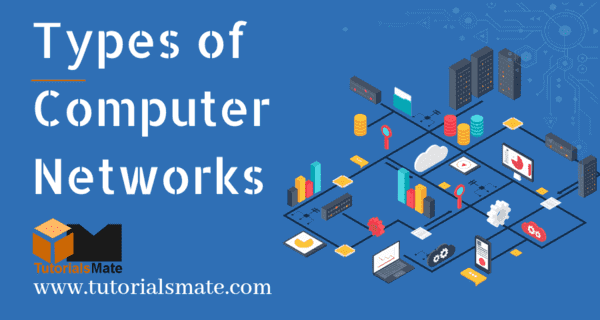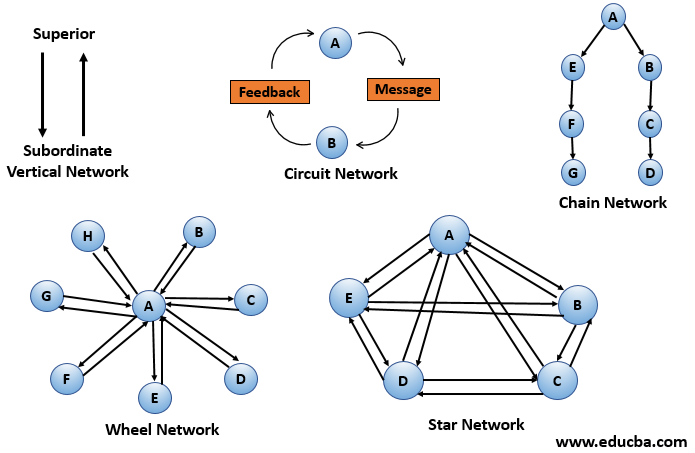
3 Types of Internet Communication
The Internet is a global network that connects devices from all over the world. Devices connect to the Internet through physical cables such as copper telephone wires or wireless connections like Wi-Fi and 3G/4G.
Billions of devices use the Internet to communicate with each other. From email to newer chat programs and even video conferencing, the Internet has become a powerful tool for communication.
The World Wide Web
The World Wide Web (WWW) is an information retrieval system on the Internet that uses Hypertext Transfer Protocol (HTTP). It is a series of documents that contain text, data, pictures and animation. The WWW is accessed using a program called a web browser that displays the information on your computer screen.
The WWW first emerged as a collaborative information system within the high energy physics community at CERN in Switzerland. Tim Berners-Lee designed it to be an open platform that would allow anyone to share and publish information freely. Its basic architecture is a client-server model that allows users to request documents from servers and to display them on their own computers.
People use the World Wide Web for many types of Internet based communication. These include e-mail, instant messaging and video conferencing. People can also communicate with each other by entering an Internet chat room. Internet chat rooms are forums that are dedicated to a specific topic where people can discuss their interests and ask each other questions.
Another popular form of Internet based communication is through social media websites. These websites are used to communicate with friends and family as well as business associates. Some examples of popular social media sites are Facebook, WeChat and Instagram. People can also blog on the Internet, which is a type of personal website that allows people to write about their opinions and thoughts.
Email is a standard form of electronic communication that enables users to send messages to one or more recipients. The first modern emails were created in the 1970s by programmer Ray Tomlinson, who sent the first messages between computer systems on the Advanced Research Projects Agency Network (ARPANET).
Email provides people with a highly efficient way to communicate. It can be used to share text, images, documents and audio or video files with people all over the world in a matter of minutes. Email is a great tool for conveying information to large groups of people, such as in the case of newsletters or marketing campaigns. It is also commonly used to communicate with individual employees or customers, as well as business-to-business transactions.
The body of an email contains the message’s main content. It may contain special formatting options and multimedia attachments. The signature section of an email contains the sender’s name and contact details. Other features of an email include cc and bcc fields to send copies of the message to multiple recipients, forwarding options, reply and reply all, as well as compose and read options.
The internet allows us to send and receive emails quickly, which can be a useful tool for both personal and professional use. Emails can be accessed from any device with an internet connection, and they are an extremely cost-effective method of communication.
Instant Messaging
Many different kinds of messaging occur on the internet, including text messages (like on WhatsApp and Telegram), video chats (like Skype and FaceTime) and even voice or telephony calls (like on VoIP). Internet communication tools like these enable people to connect quickly and easily with friends, family, coworkers and customers regardless of their location.
Instant Messaging (IM) is a popular online communications method for exchanging messages with people using a computer and an internet connection. It enables users to communicate with one another in real time, sending and receiving text, photos, files or audio/video messages. Most IM programs offer a rich set of features, including file transfers, voice or video calls and the ability to create and edit groups. IM systems use either local device storage or cloud-based server storage to store the message data.
IM has become a ubiquitous feature of modern communications, with the majority of internet users now logging on to IM applications. In fact, surveys show that frequent internet users are more likely to be IM-ers than those who go online less frequently. The likelihood of IM-ing also seems to increase with age, which is a departure from the typical Project Survey pattern that shows years of internet experience as a strong predictor of an individual’s likelihood of engaging in certain online activities.
Most IM services are proprietary networks run by their own server-based software, although third party clients are available for most IM platforms. These servers are normally based on the XMPP/Jabber protocol, which allows them to communicate with other XMPP/Jabber IM systems through gateways.
Phone Calls
Phone calls are a form of internet communication in which voice signals are transmitted through wired or wireless technology between two people. It is often used for business purposes and personal use such as family calling or meeting with coworkers. Messages can be conveyed more quickly over the phone than through instant messaging or email. Especially in the case of an urgent message or subject, it is easier to explain it verbally than to type a detailed response on a tiny mobile keyboard.
VoIP is a popular and widely-used solution for internet telephony. It stands for Voice-over-Internet Protocol and allows callers to make telephone calls over the Internet rather than through traditional analog phone lines. This makes it possible to make calls from a laptop or computer attached to a headset, or any other wireless device like a smartphone or speakerphone. It also provides a variety of features like call recording, custom caller ID and voicemail to email.
With a VoIP solution like Cloudya, the NFON cloud telephone system, voice data is compressed and transferred as packets of data over the internet. Once the data arrives at its destination, it is decompressed into audio and played. A VoIP solution usually uses one or more protocols to transfer the data including TCP/UDP, RTP and Session Initiation Protocol. The latter is responsible for emulating most of the functions of a conventional phone call.


